PPT-What You Need to Know About the Jones Act
Author : celsa-spraggs | Published Date : 2018-09-24
Stephen B Johnson Marjorie F Krumholz Erin L Eliasen Thompson Coburn LLP Garvey Schubert Barer October 22 2015 The Coastwise Laws Vessels operating within the
Presentation Embed Code
Download Presentation
Download Presentation The PPT/PDF document "What You Need to Know About the Jones Ac..." is the property of its rightful owner. Permission is granted to download and print the materials on this website for personal, non-commercial use only, and to display it on your personal computer provided you do not modify the materials and that you retain all copyright notices contained in the materials. By downloading content from our website, you accept the terms of this agreement.
What You Need to Know About the Jones Act: Transcript
Download Rules Of Document
"What You Need to Know About the Jones Act"The content belongs to its owner. You may download and print it for personal use, without modification, and keep all copyright notices. By downloading, you agree to these terms.
Related Documents

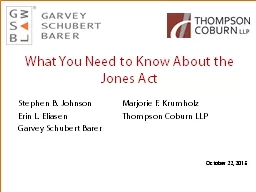
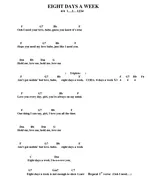
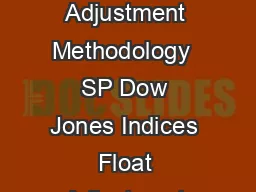
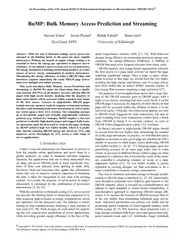

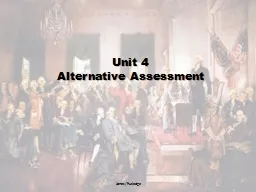
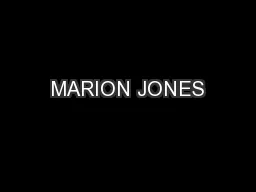

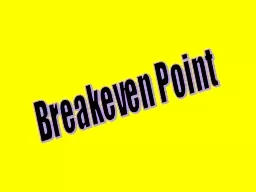
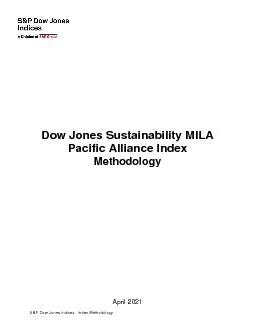
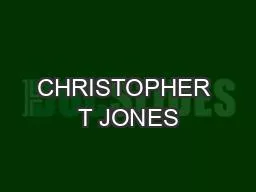
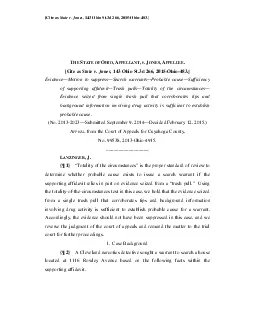
![[DOWNLOAD] - Planet Law School II: What You Need to Know (Before You Go), But Didn\'t](https://thumbs.docslides.com/902888/download-planet-law-school-ii-what-you-need-to-know-before-you-go-but-didn-t-know-to-ask-and-no-one-else-will-tell-you-seco.jpg)
